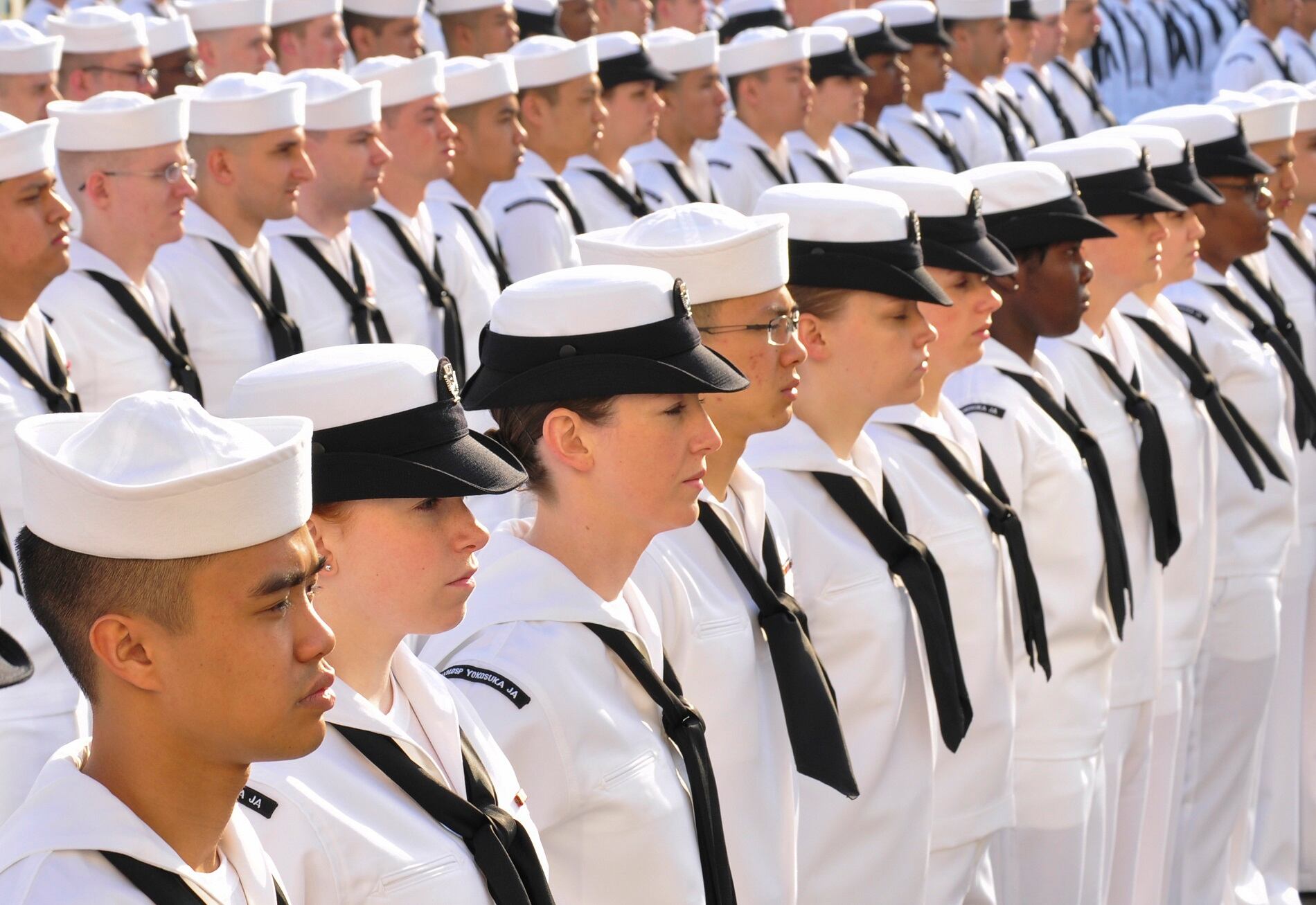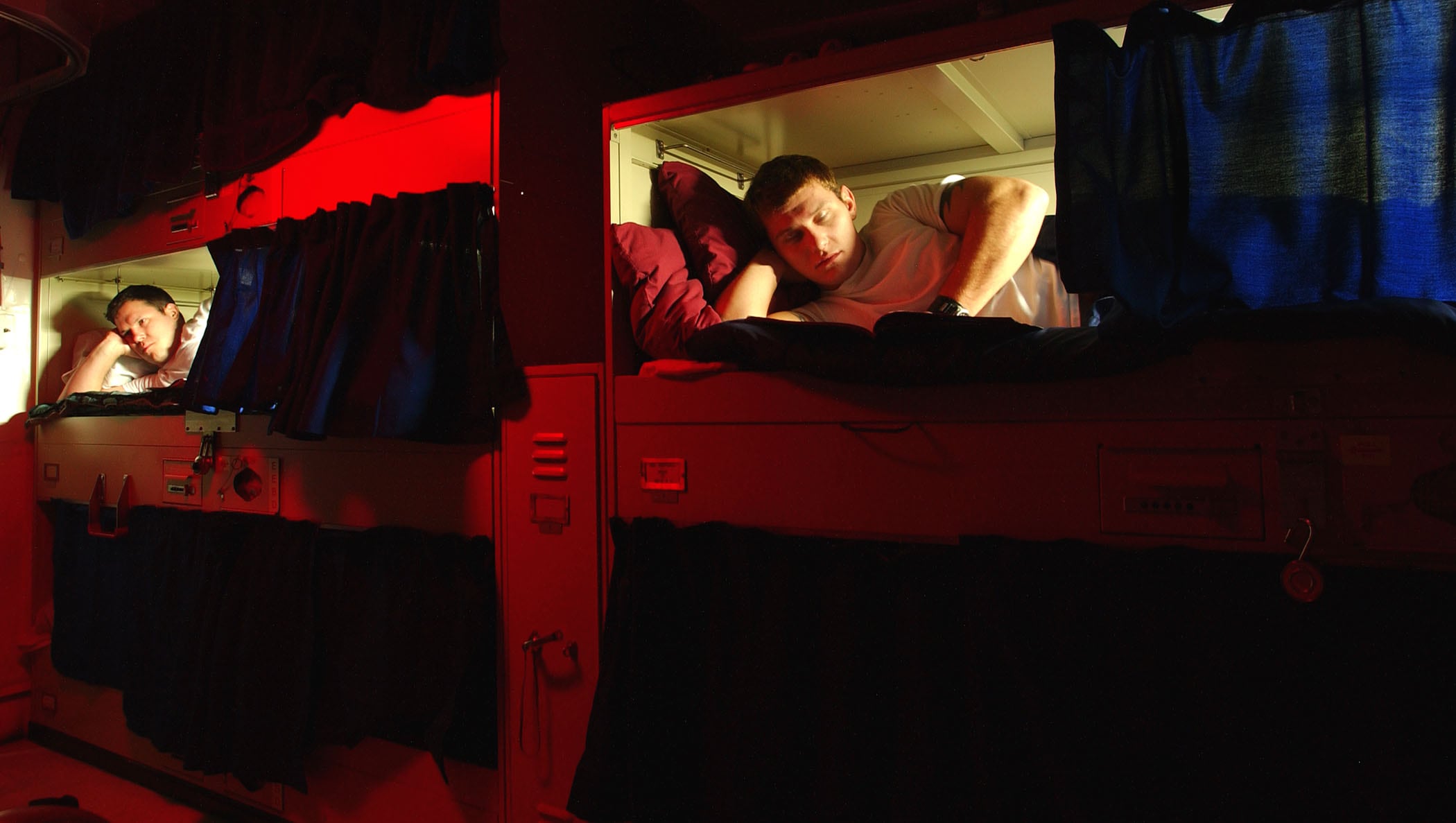The Navy’s surface fleet crews are tired. But unlike their brethren in the aviation and submariner communities, there are no service regulations that ensure a crew is sufficiently rested and less prone to error.
That may change in 2018. In the wake of the fatal collisions involving the destroyers Fitzgerald and John S. McCain, sailor sleep aboard surface combatants is under the Navy’s microscope.
The Navy began to formalize sleep requirements in the surface fleet for the first time this fall, and 2018 will prove to be a testing ground for whether these directives will actually work.
In September, the Navy issued new guidance requiring ships to establish watch schedules and shipboard routines that better sync with natural circadian rhythms, ensuring sailors have enough opportunity for rest.
However, the guidance falls short of setting firm regulations, as Navy officials say a ship’s skipper must have flexibility on such matters given crew size, mission requirements and other variables.
Still, skippers will, for the first time, have to choose from several watch schedules.
The results will likely vary from ship to ship, but the surface fleet is taking a step toward making sure their sailors are better rested.
RELATED

Geoff is the managing editor of Military Times, but he still loves writing stories. He covered Iraq and Afghanistan extensively and was a reporter at the Chicago Tribune. He welcomes any and all kinds of tips at geoffz@militarytimes.com.





